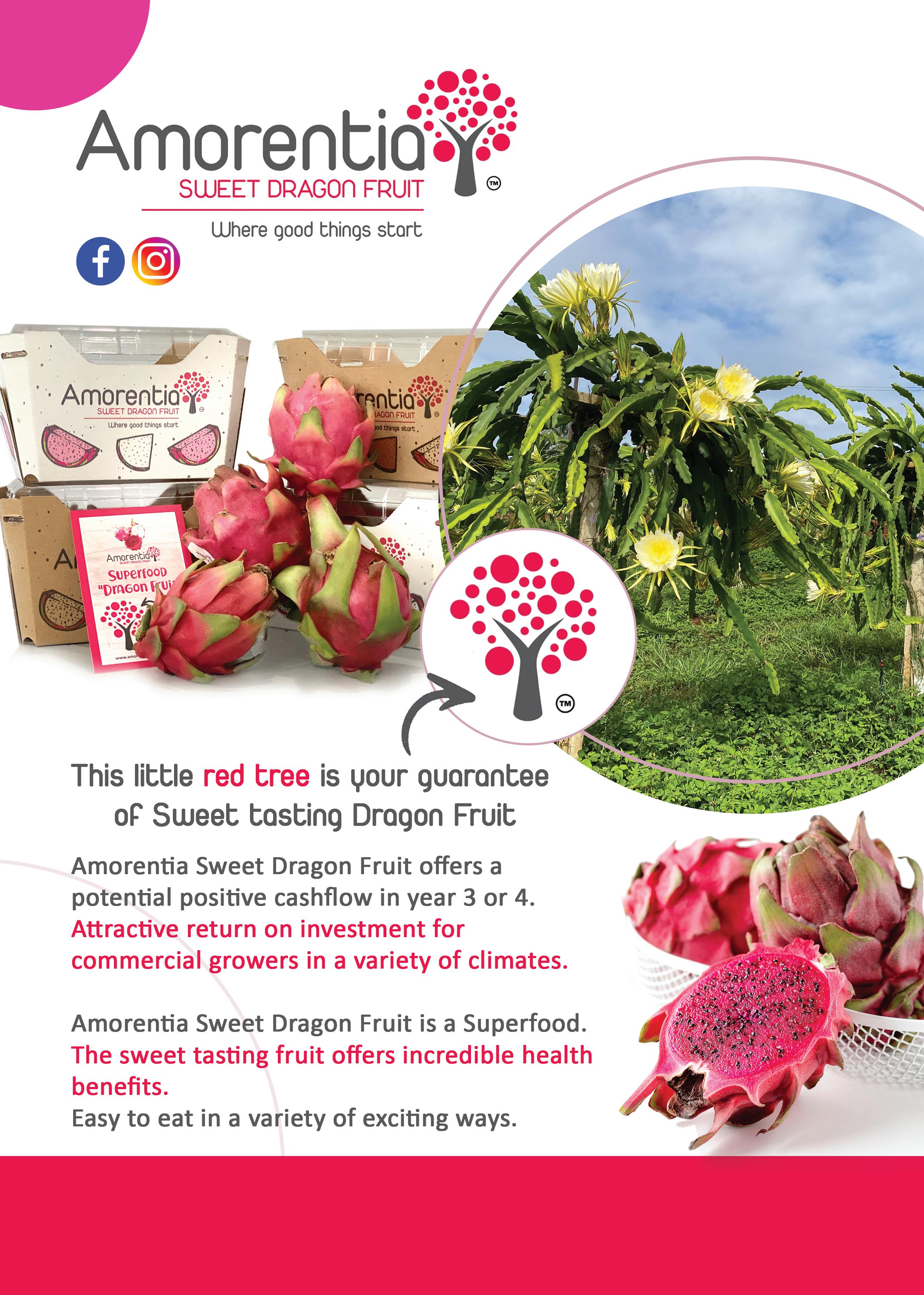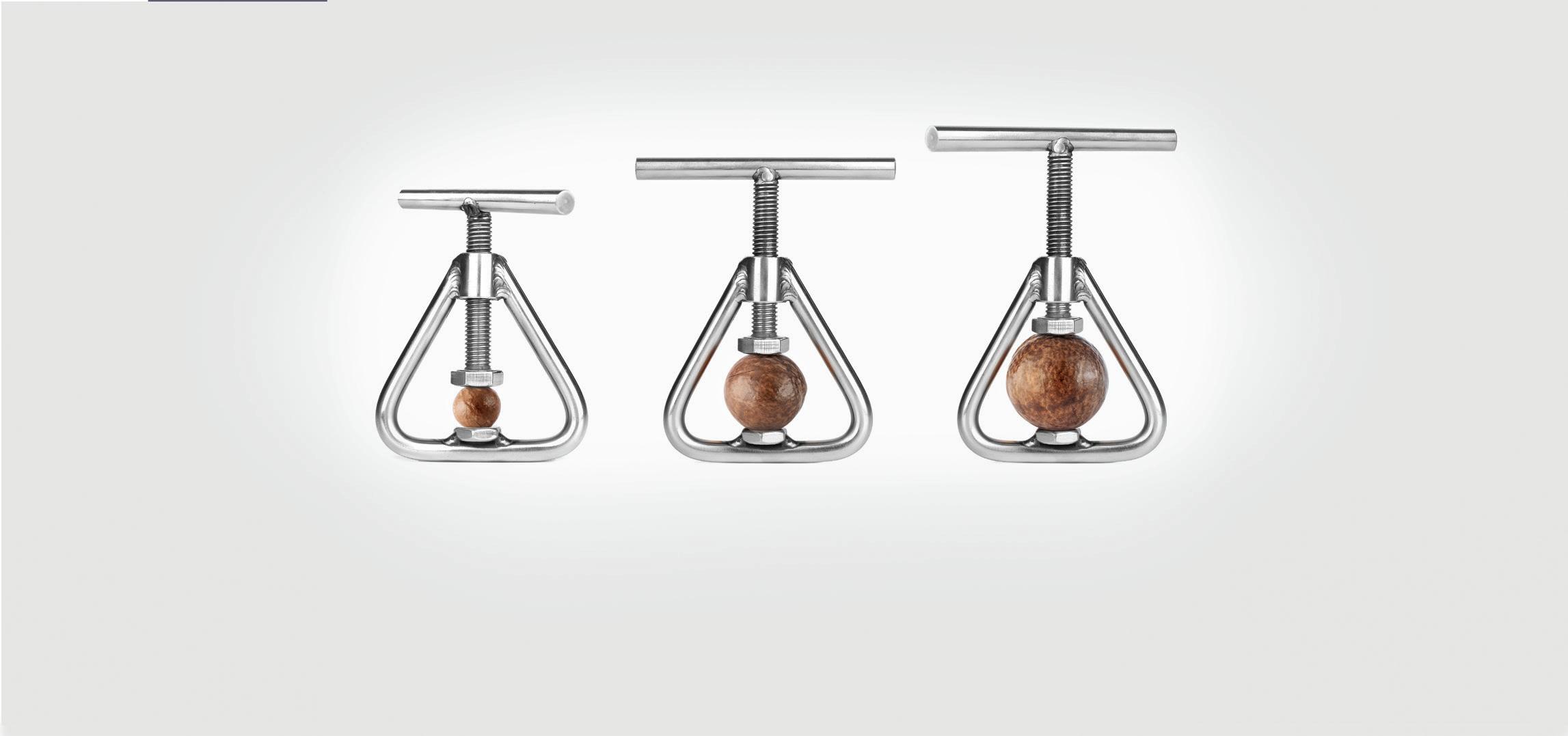
2 minute read
African jumping spider
(Araneae: Salticidae)

South Africa is the world's third-largest producer of macadamias. However, macadamias are prone to infestation by pests just like most commercial crops in the country. In South Africa, pentatomid and coreid stinkbugs are serious pests in macadamia orchards. Macadamia orchards are, however, also populated by various spider species.
Based on the reviews of the role that spiders have in the agroecosystems, it is recognized that spiders serve as biological control agents of insects and mites in these systems. All species of spiders form part of a complex community of predators and may have a significant role in the control of pests and suppressing their numbers.
Nozibusiso Maphumulo
IPM-PROGRAM, NORTH-WEST UNIVERSITY POTCHEFSTROOM e-mail:mashimanenozi03@gmail.com
Salticid spiders’ classification:
Class: Arachnida (spiders and scorpions) Order: Araneae (Spiders) Family: Salticidae Genus: Thyene Species: Coccineovittata
SALTICID SPIDERS ARE THE most dominant spiders in the macadamia orchards in many areas of South Africa. They have been also reported on orchards of citrus and pistachio as well as in cotton crops. The Salticidae family is known to prey on numerous pests that attack crops, for example, stinkbugs, spider mites and bollworms. Salticid spiders are not limited to adult prey only, but predation also includes the eggs and larval or nymphal stages of insects. Therefore, they may provide an important ecosystem service as biological control agents of pests.
Thyene coccineovittata (previously known as Thyene pulchra), commonly known as the African jumping spider, is one of the most dominant species of Salticidae in macadamia orchards. It is also reported to be abundant on avocados. The African jumping spider is native to Africa. In South Africa, it is widely distributed in KwaZulu-Natal, Mpumalanga and the Limpopo Province.
Figure 1: African jumping spider feeding on the eggs of a stinkbug. https://peckhamia.com/peckhamia/PECKHAMIA_216.1.pdf Figure 2: Adult female of the African jumping spider http://jumpingspiders.co.za/spiderviewer.php?g=Thyene&s=coccineovittata&x=f&u=205.jpg
Figure 3: Immature male of the African jumping spider. https:// peckhamia.com/peckhamia/PECKHAMIA_173.2.pdf
The African jumping spider is a medium-sized spider; with a body length of 8-11 mm. Females are smaller than males. The male is dark brown to black while the female is yellowish cream with distinct black spots on the carapace (epidermis) and abdomen. The immature stages of both males and females closely resemble adult females.

reik vir die top
E E N I G N E A E D I /A 7 5 3 1 5
Bevat 2 aktiewe bestanddele met kontak en sistemiese eienskappe vir langdurende beheer van 'n wye reeks siektes
Beide aktiewe bestanddele word opwaarts in die xileem vervoer om ook nuwe groei te beskerm
Beter neutset en kwaliteit
verseker optimale opbrengste
LEES DIE ETIKET VIR VOLLEDIGE BESONDERHEDE. AMISTAR® TOP bevat asoksistrobien 200g/L en difenokanosool 125g/L (Reg Nr. L7897, Wet Nr 36 van 1947) VERSIGTIG. AMISTAR® TOP is ’n geregistreerde handelsmerk van ’n Syngenta Groepmaatskappy. Syngenta Suid-Afrika (Edms) Beperk, Privaatsak X60, Halfway House, 1685. Tel. (011) 541 4000. www.syngenta.co.za © Syngenta Ag, 2000. Kopiereg op hierdie dokument word voorbehou. Alle ongemagtigde reproduksie word verbied.
Visit and Contact us: www.amorentia.co.za
















